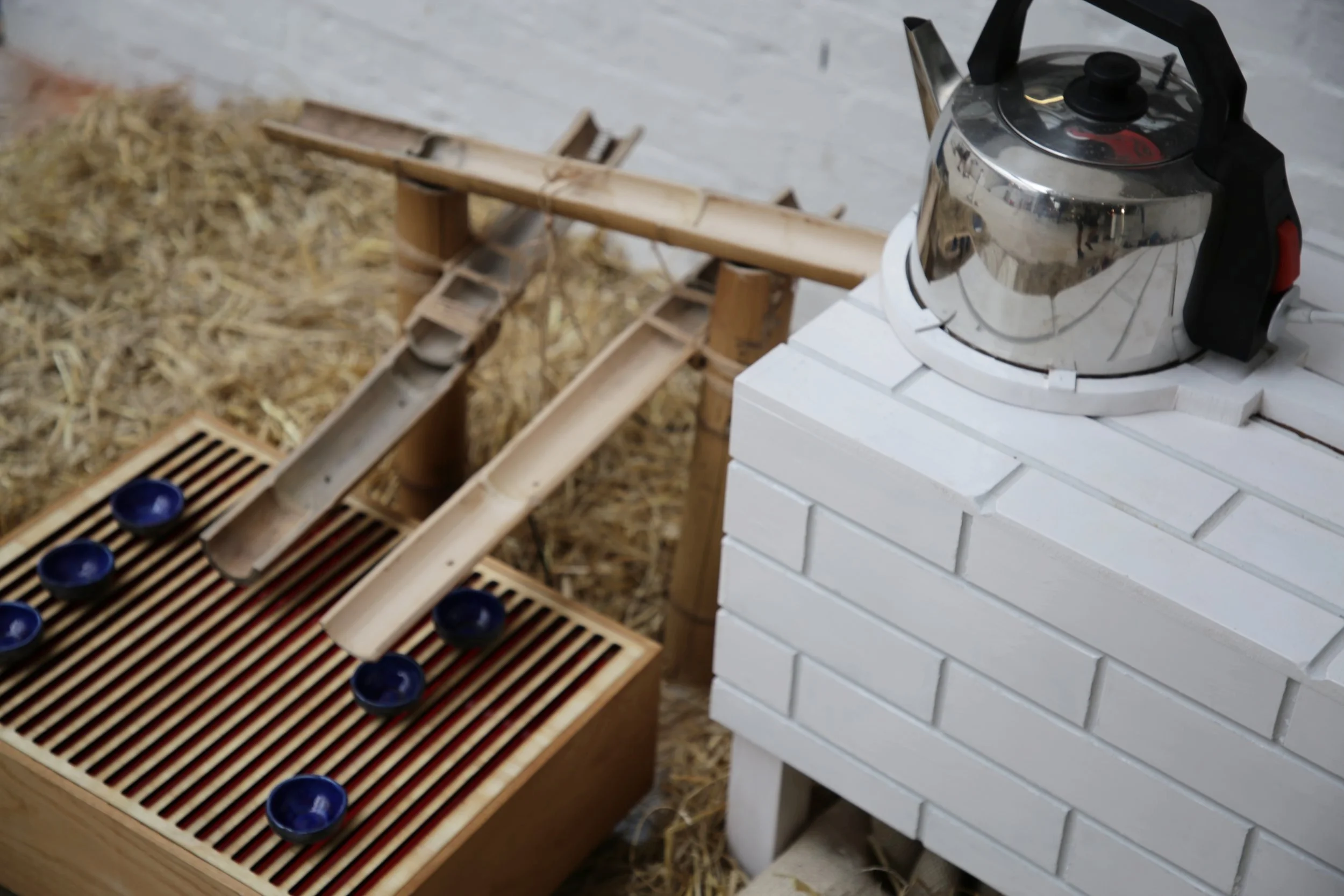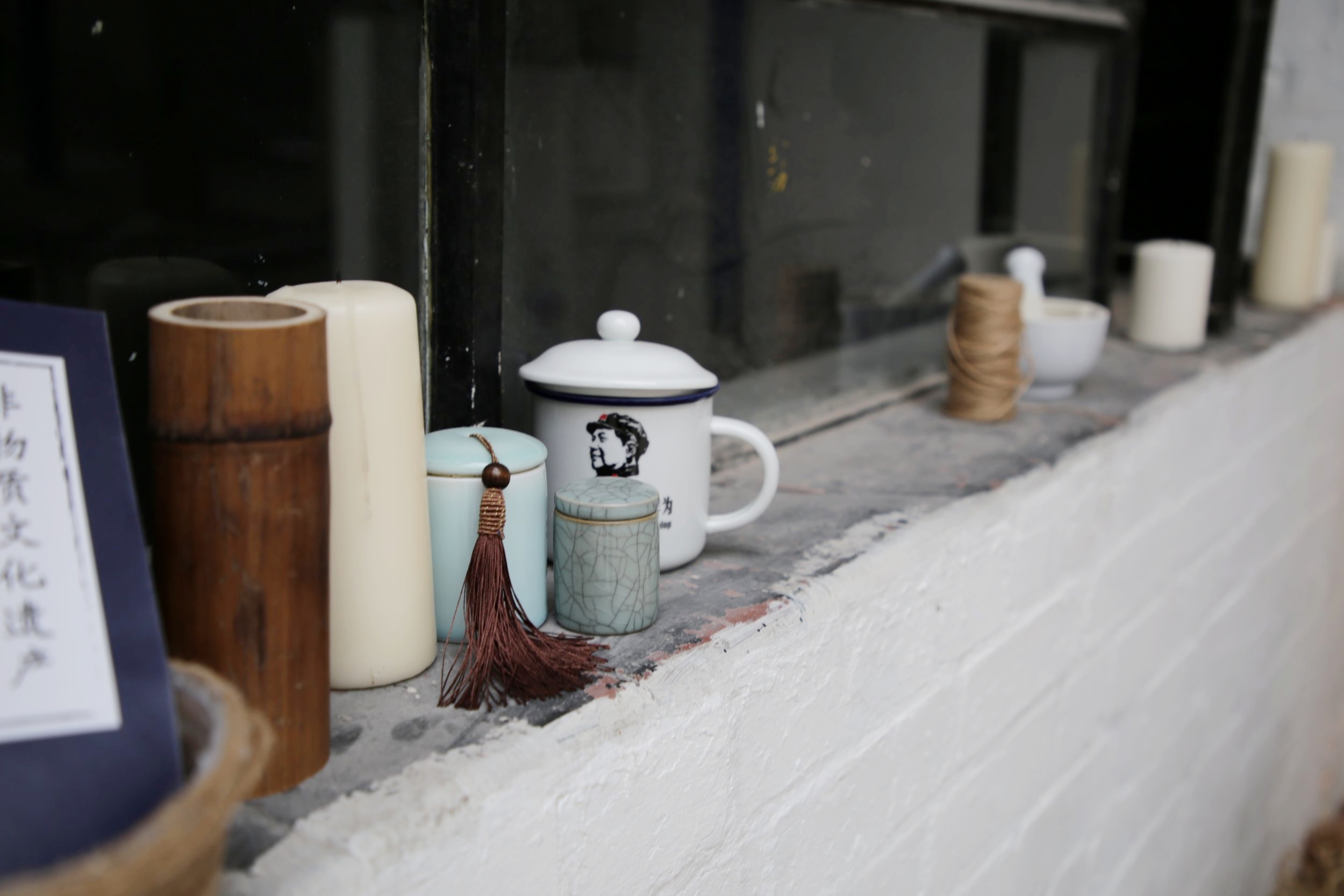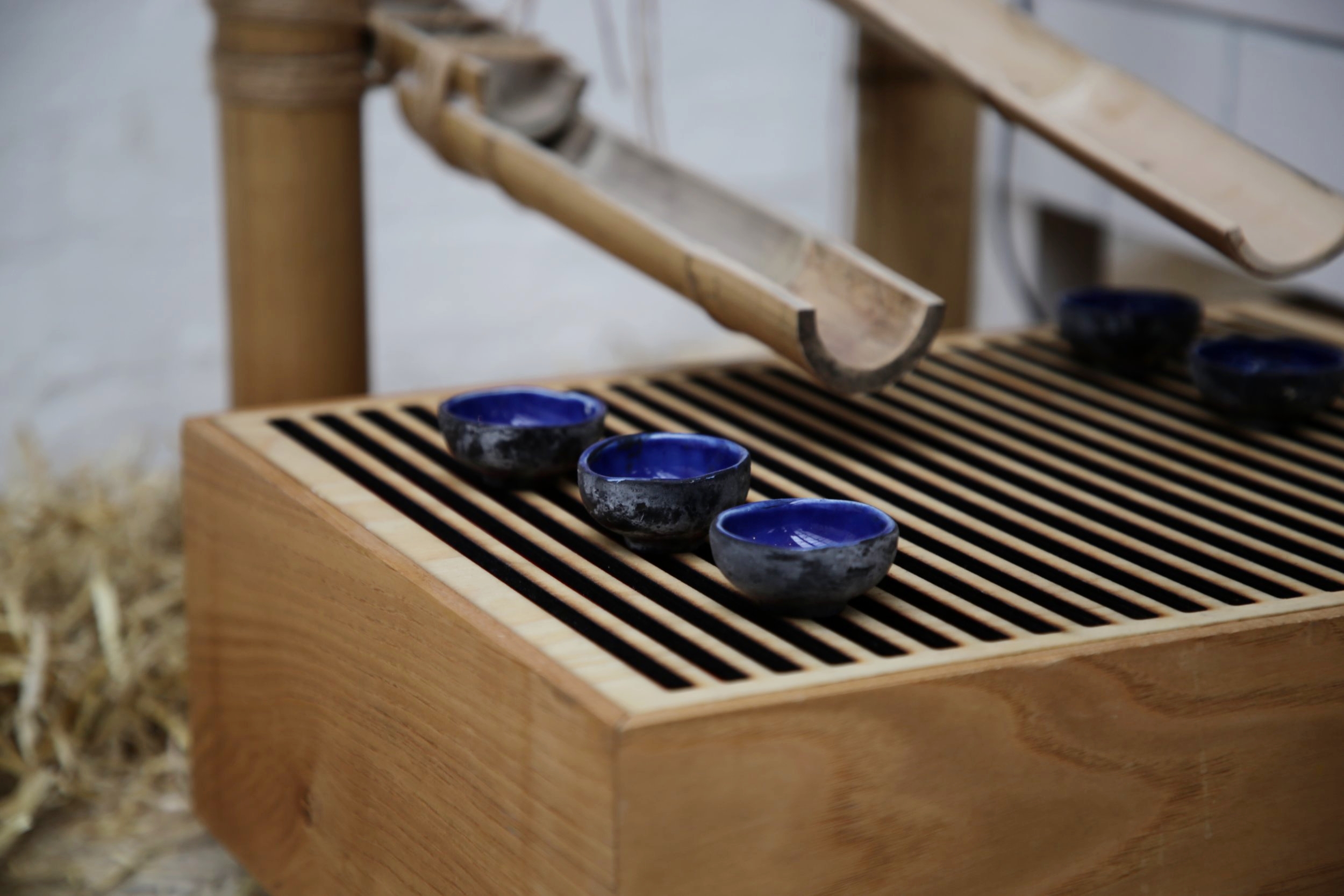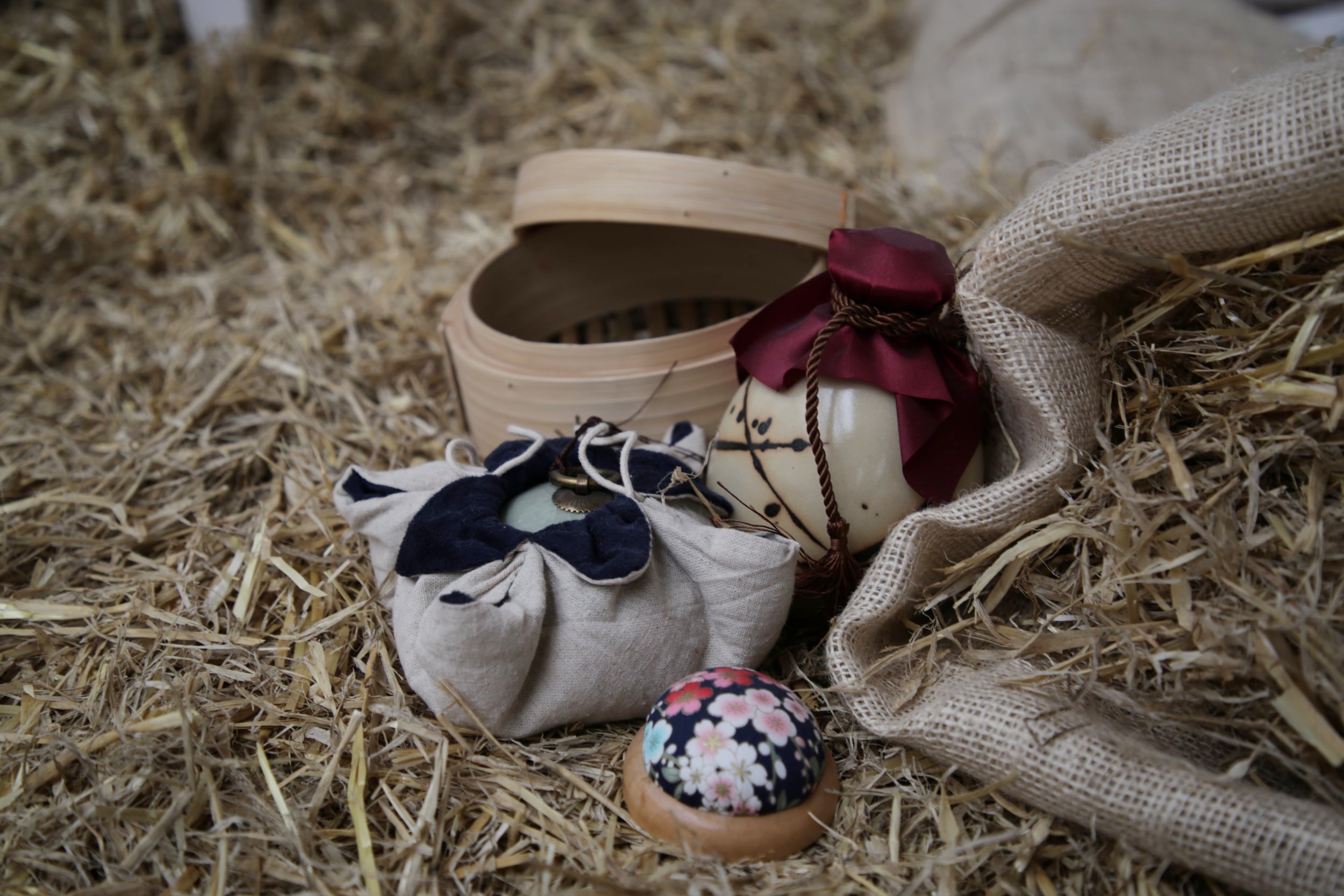Interactive Social Design
Living Heritage
Interactive installation designed to explore new ways of preserving intangible culture to prevent knowledge loss amongst future generations, with the help of technology and physical computing.
Living Heritage is an exploration of the future of learning in museums, it ties together museum objects with the stories behind them by creating an automated immersive experience where users are invited to become a part of that story. The space is set in the context of China's Cultural Revolution period, when historical buildings were knocked down, valuable antiques and artefacts were broken to pieces and books of literature burnt to ashes. A semi-demolished safehouse provided sanctuary to what culture remains in a last desperate cry. Living Heritage is a vessel representing the Intangible Cultural Heritage, it tells a narrative of objects and human connections behind museum windows and conveys the tales that's been long forgotten.
Automated Museum Learning
The project looks at existing issues in modern society with technology dominating young people’s primary interest. Using Shenzhen as an example to reflect on our current speed of progression relying on digital devices. As a result of technological advancement, what was once a fishing village of 30,000 population has thrived to become “the silicon valley of hardware” in just 40 years time. Whilst celebrating the fast development that has changed the lifestyle of many households with employments, we must also acknowledge the gradual loss of respect towards the country’s rish history and traditions, the intangible knowledge that’s been passed on from our ancestors.
Installation Work in Progress
This is an immersive space where visitors can walk in and interact with museum objects or replicas of these objects and learn about what they do. The space is a learning hub intending to rebuild awareness and interest in intangible cultural heritage and aim to attract people’s attention using a series of machine aided interactions. It tackles the short attention span issue and phone addiction, using mechanisms to fully engage with the audience through a flow of events. Here we are stepping into a family kitchen in a Chinese village in the 1960s and learning about how to make a cup of tea traditionally, with all the rules and steps for the tea ceremony to take place. Guests are able to walk away at the end of the interactive learning experience with a tangible souvenir in hand, a replica of a traditional Chinese tea cup.
Production Graph
Living Heritage Sketch on C4D (Production Draft)
Visitors are asked to pick up a tea mortar on the display shelf before entering the space. It is presented as a replica of a valuable antique. A Motion sensor then senses people walking into the space, signals on trigger for LED lights and brings the space to life. There’s water dripping from the ceiling into the kettle, creating a sound effect whilst filling up the kettle. The voice cue will then ask the visitor to pick some loose tea leaves from a curtain and put in the mortar, creating the scent of tea leaves, before sitting down on the hessian bags covering the pressure mats. Once sat down it will trigger the kettle to boil. The Voice cue then asks the visitors to put the mortar in place and place tea cups on the tray. The Weight sensor on the tray signals it to move backwards away from the guests. A Temperature sensor within the kettle senses boiling temperature, and triggers the motor to rotate clockwise, tipping the kettle to an angle so water pours out. Boiling water will flow through the bamboo canes being positioned above each individual tea cup. Wheels beneath the tea tray are attached to 4 stepper motors, they rotate forwards to present the tea. As visitors finish up with the tea and exit the room, the space will return to darkness.










